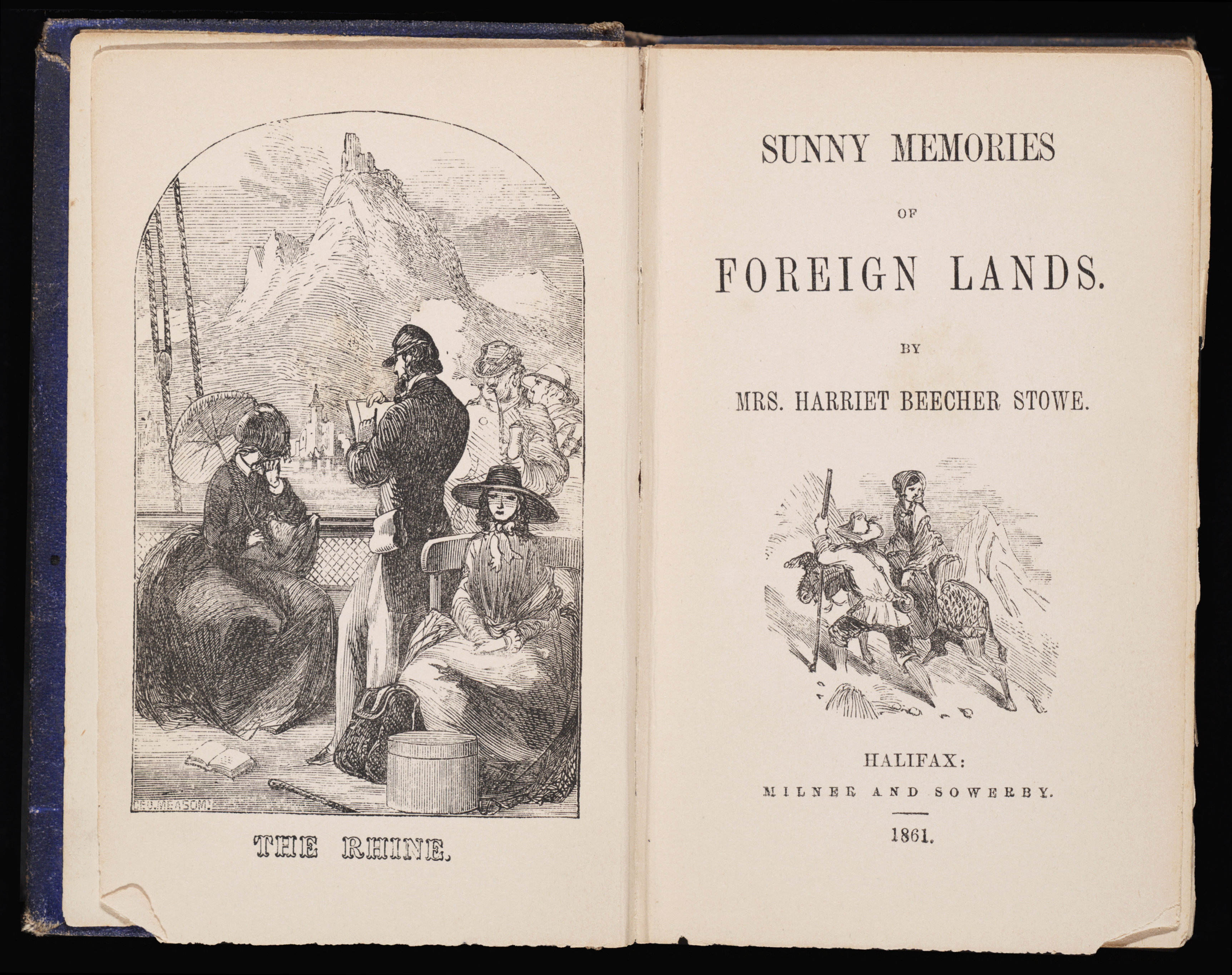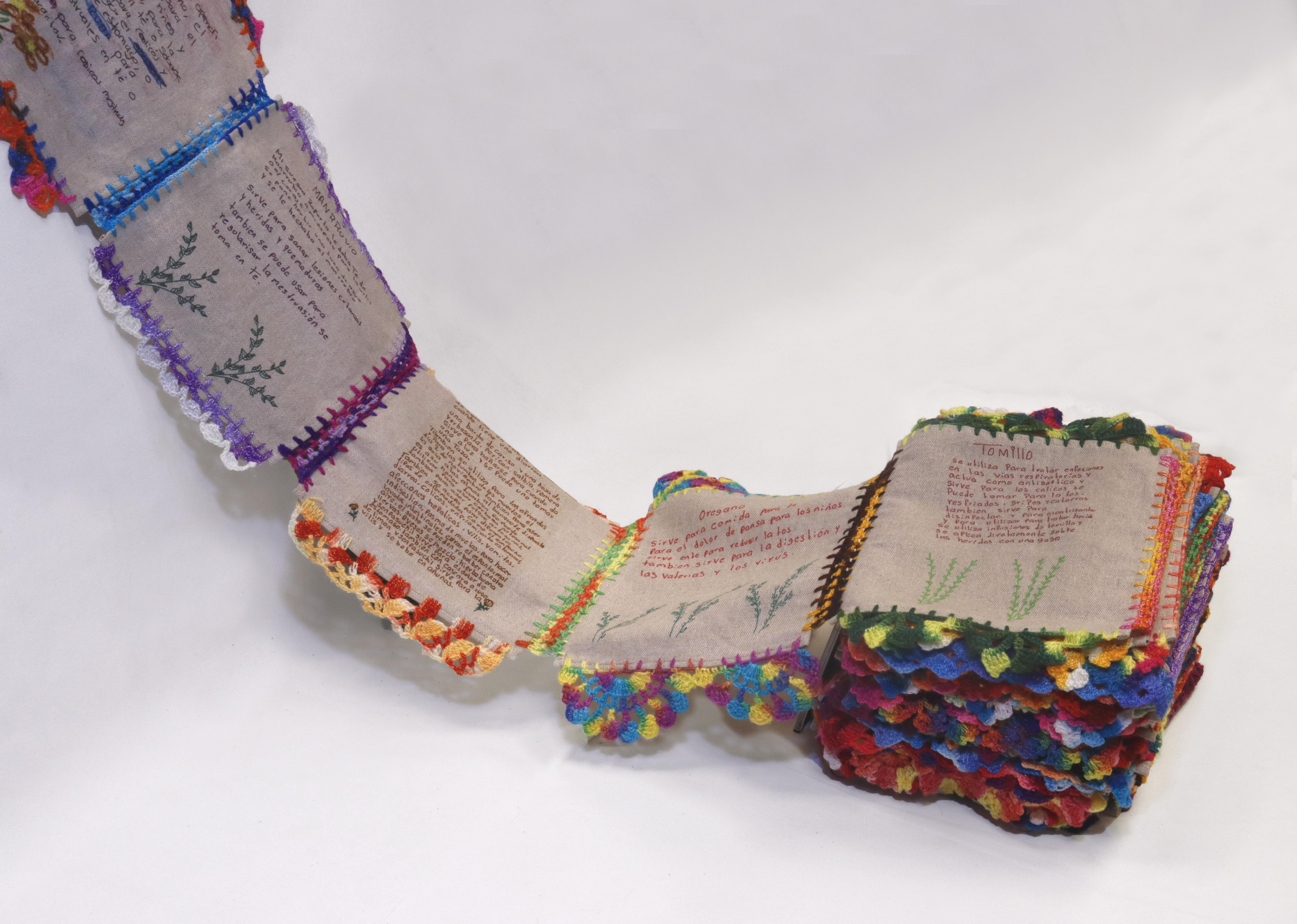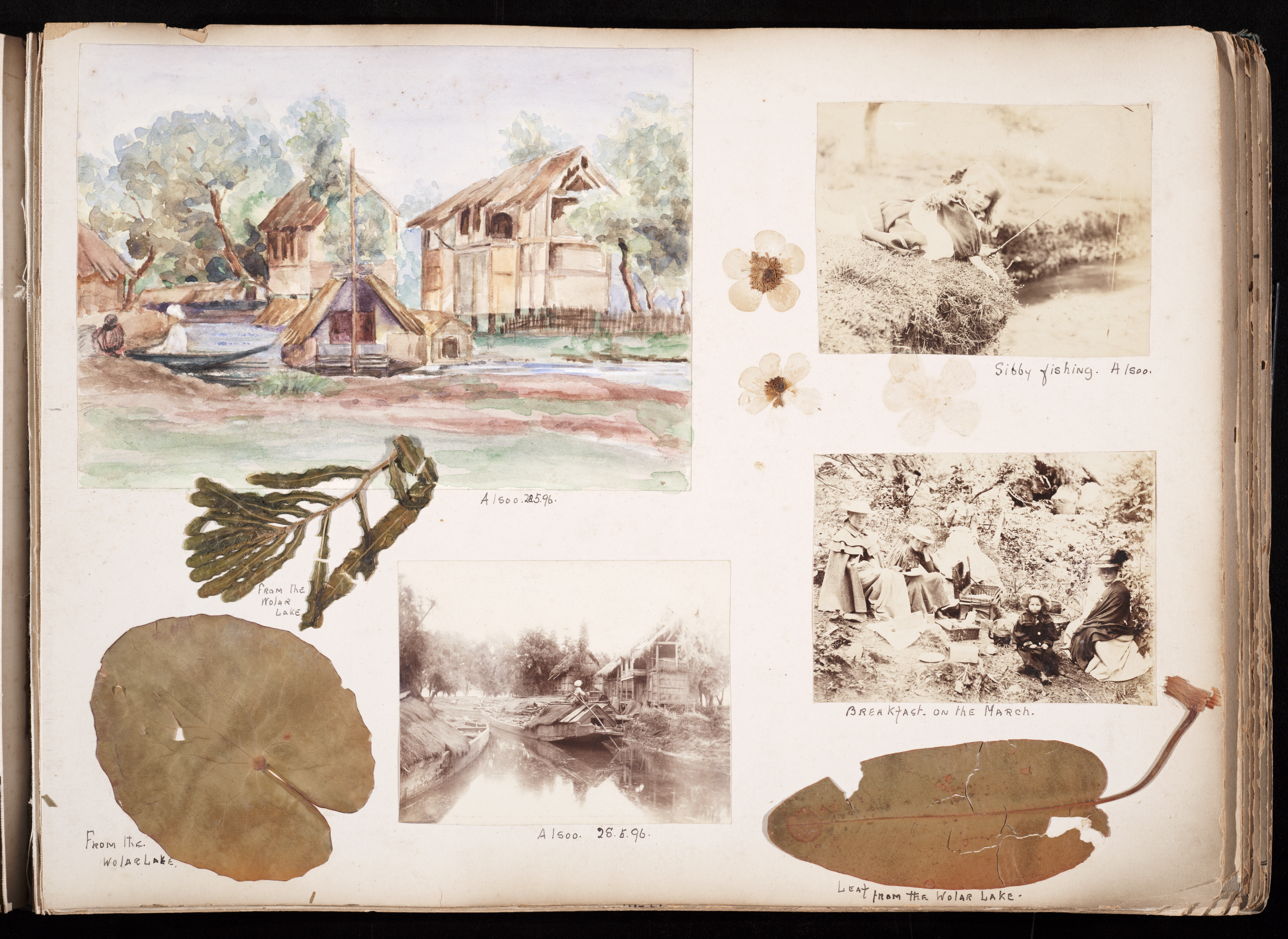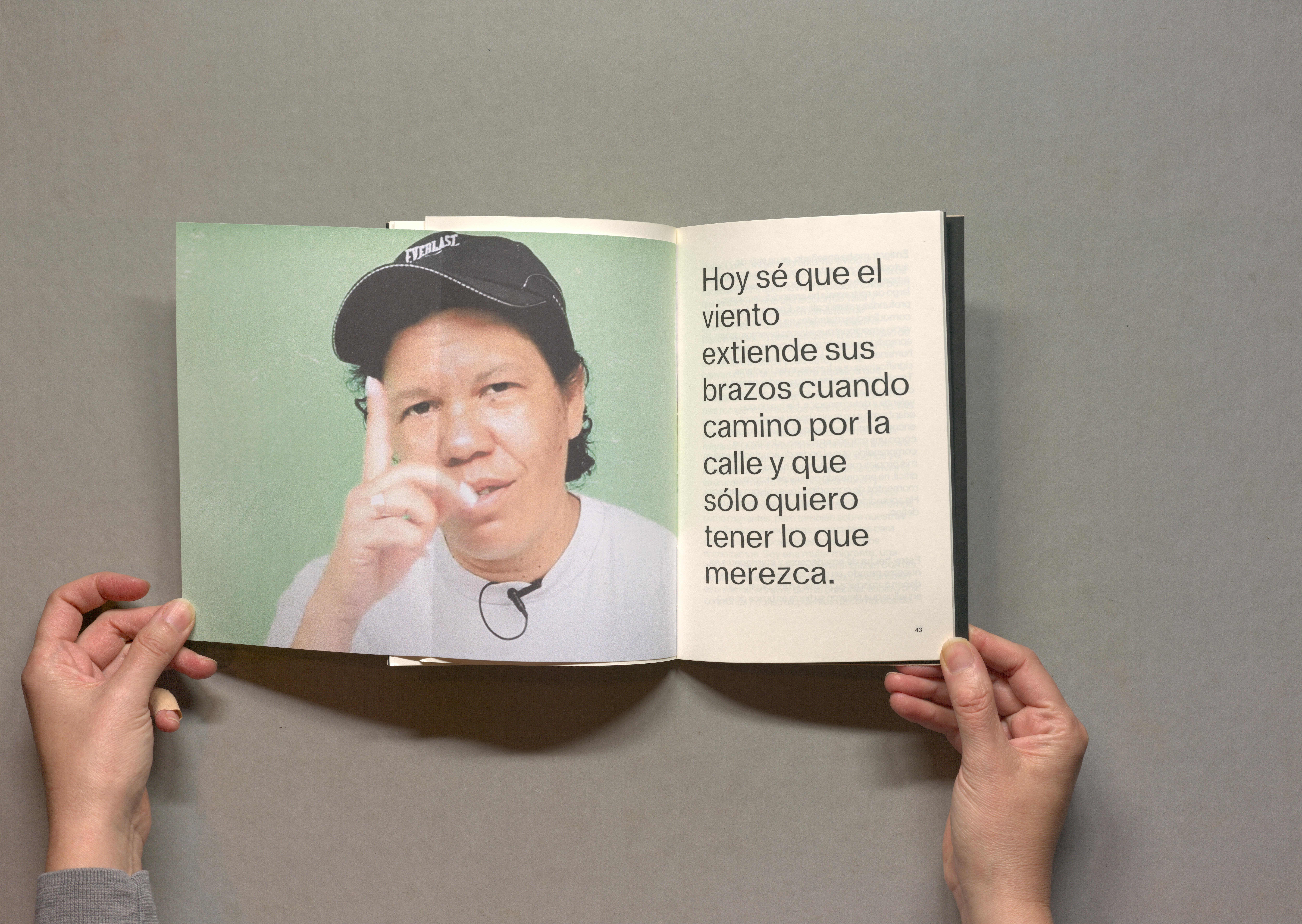Published: September 11, 2024
By: Alison Lang
What do you think of when you hear the term “travel writing?”
Some of us might envision Jack Kerouac’s laconic beat chronicle On The Road, while others may look to Maya Angelou’s crackling memoir of political and personal self-discovery while living in Ghana, All God’s Children Need Traveling Shoes.
One thing is for certain: travel writing – and the very act of travel itself - is undeniably shaped by access, privilege, power and resources. What happens when travel is limited by these factors? Who gets to define travel writing, period? And what if you have no choice in the way you “travel” at all?
The curators of the Women on the Move exhibit (running now until December 23 at the Thomas Fisher Rare Book Library) asked these questions and many others as they put together a collection of books and materials documenting women’s travel writing. The result is an exhibit years in the making, spanning centuries, cultures, materials and voices.
The exhibit’s origins trace back to 2015, when Deborah Whiteman, former department head of Rare Books and Special Collections at the Fisher, co-presented a “show and tell” style class for master’s students at the Centre for European and Eurasian Studies with Ksenya Kiebuzinski, the Slavic Resources Coordinator and head of the Petro Jacyk Central and East European Resource Centre. The highlighted items included several women’s travel books that were dear to Whiteman’s heart, and she and Kiebuzinski discussed making further plans to work together on this topic.
Sadly Whiteman passed away in 2018 before the exhibit planning could begin. Kiebuzinski reached out to David Fernández, head of the Department of Rare Books and Special Collections and Special Collections Projects librarian Liz Ridolfo to continue work on the exhibition (originally slated for a 2020 launch, the work was extended a few additional years due to the COVID-19 pandemic). Each curator brought their own focus, resulting in a diverse and fascinating selection of material.
“It became three mini exhibits under one big theme,” says Kiebuzinski. “It really shows what you can do with the amazing collection we have. This could have been twice as big!”
 The scope is evident from Kiebuzinski’s research alone, which included a spreadsheet tracking 500 books categorized by country and the type of travel. She pared it down to a few selections, including a Scotland travel memoir by Uncle Tom’s Cabin author Harriet Beecher Stowe titled Sunny Memories of Foreign Lands and journals written by Robert Lewis Stevenson’s wife, Fanny Stevenson as they toured the South Pacific islands. Kiebuzinski admits that some of Stowe’s viewpoints haven’t aged well.
The scope is evident from Kiebuzinski’s research alone, which included a spreadsheet tracking 500 books categorized by country and the type of travel. She pared it down to a few selections, including a Scotland travel memoir by Uncle Tom’s Cabin author Harriet Beecher Stowe titled Sunny Memories of Foreign Lands and journals written by Robert Lewis Stevenson’s wife, Fanny Stevenson as they toured the South Pacific islands. Kiebuzinski admits that some of Stowe’s viewpoints haven’t aged well.
“Stowe’s travel was problematic - she was advocating for the elimination of the Highlander settlements,” Kiebuzinski says. “But she has a gift for language. Sometimes I chose pieces [for this exhibition] where I didn’t care for the perspective, but the writing was too vivid to overlook.”
 “We wanted to challenge ideas around what we consider travel, and share stories with dignity,” says Fernández. “Some women, for example, benefitted from colonial history and we recognize that. But they also made significant contributions to different fields. We also included stories of women who are still alive and travelling but for different reasons, such as forced migration.”
“We wanted to challenge ideas around what we consider travel, and share stories with dignity,” says Fernández. “Some women, for example, benefitted from colonial history and we recognize that. But they also made significant contributions to different fields. We also included stories of women who are still alive and travelling but for different reasons, such as forced migration.”
Ridolfo focused on the material culture of travel – items that women writers/travelers would have crafted by hand. This includes an album created by an unknown female traveler around 1896, documenting her travels through Kashmir and northern India with gelatin photos, pressed plants and flowers and beautiful watercolour paintings.

“These pieces combine multiple media, capturing the traveler’s impressions,” she says. “They’re moments frozen in time, connecting the visitor directly with the traveler’s experience.”
Fernández wanted to explore the meaning of “travel”, particularly through the lens of gender and Latin American writers. His selections include works by Sor Juana Ines De La Cruz (1648-1695), a nun who never left central Mexico but had works published in Saville, Barcelona and Veracruz, among other cities.
 The exhibit also features voices and stories often overlooked, like It Suddenly Occurred to Me by Yadira Silva, a Venezuelan writer and activist who spent years living in prisons and now lives in exile in Argentina. Fernández says when he showed Silva her book on display over a video call, she wept. “I really hope we can bring attention to her work and her story, and she can continue developing a career as a writer,” he says.
The exhibit also features voices and stories often overlooked, like It Suddenly Occurred to Me by Yadira Silva, a Venezuelan writer and activist who spent years living in prisons and now lives in exile in Argentina. Fernández says when he showed Silva her book on display over a video call, she wept. “I really hope we can bring attention to her work and her story, and she can continue developing a career as a writer,” he says.
While smartphones make it easy to document travel, more traditional methods have declined. When’s the last time you sent a postcard while travelling, or kept a journal with old train tickets or other mementoes?
The three curators of Women on the Move hope that visitors, particularly women, may see parts of themselves in the materials on display, and might consider different ways of keeping a physical record of their next trip – whether through printing photos, writing in a diary, or making a scrapbook of keepsakes.
“I hope visitors feel represented in this exhibit,” says Ridolfo. “People may think that rare book materials are not relevant to their lives if they can’t connect to the materials. But if they see themselves reflected, perhaps they’ll return…and have a new journey of their own here in the library.”
Women on the Move is currently open to the public in the Thomas Fisher Rare Book Library until December 23. A launch event will take place with remarks and refreshments on September 12 at 5pm.